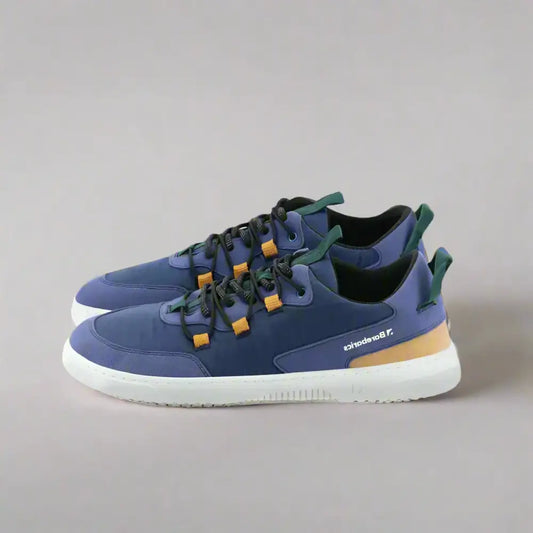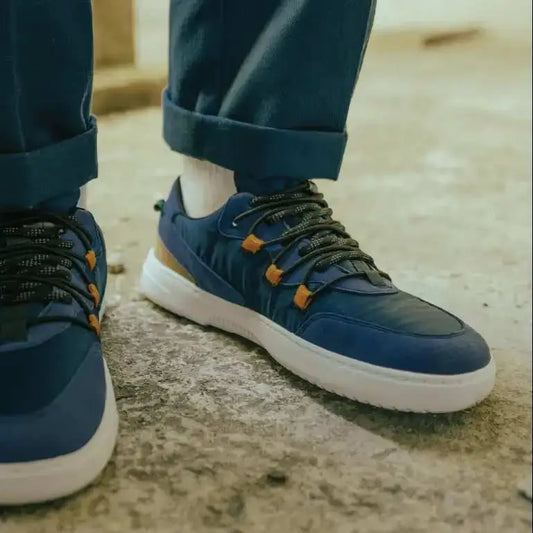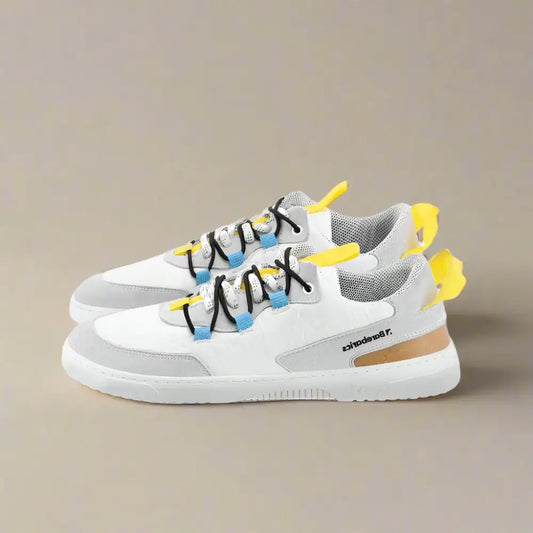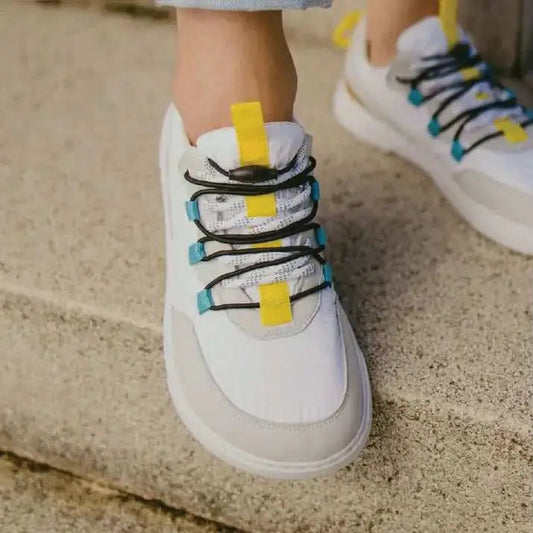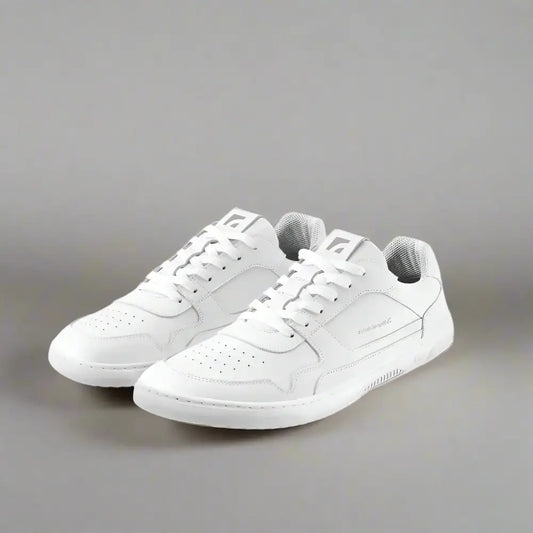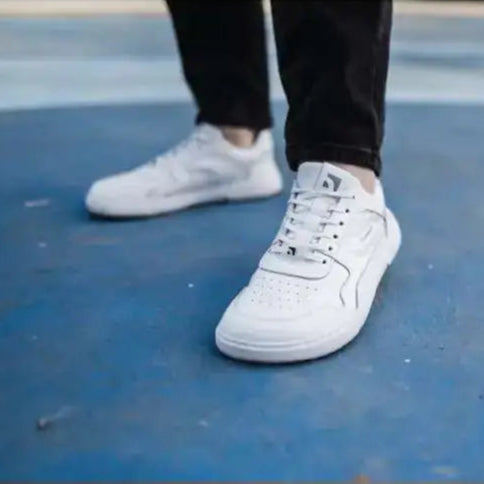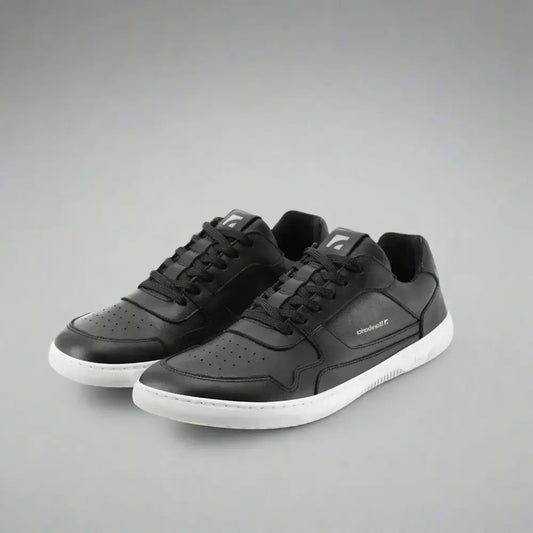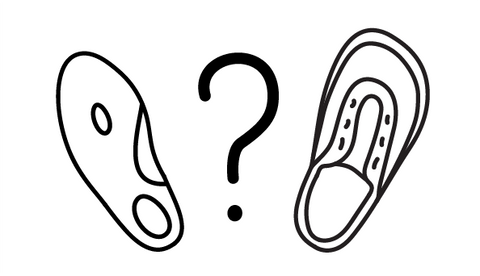
When it comes to flat feet, barefoot shoes can be more effective than orthopedic insoles due to their positive impact on the muscles of the foot. Research shows that barefoot shoes help strengthen the muscles and ligaments of the foot, which can prevent the progression of flat feet. Orthopedic insoles typically provide support but don’t encourage active muscle development. According to a study published in the journal Gait & Posture, wearing barefoot shoes enhances foot muscle strength and stability, which is crucial for maintaining the arch and preventing flat feet (Gait & Posture).

Barefoot shoes also promote proper weight distribution across the foot. Flat feet are often associated with uneven pressure distribution when walking or standing. Shoes with minimal cushioning and flexible soles encourage a more balanced distribution of weight across the entire foot, helping to prevent excessive pressure on certain areas. This supports the natural position of the arch and prevents it from collapsing.
It’s important to transition gradually from rigid, narrow shoes to barefoot shoes. During the initial transition, you may experience fatigue and discomfort as your feet are accustomed to limited movement. A gradual shift allows the foot muscles to adapt and strengthen, ultimately improving comfort when wearing barefoot shoes. This slow adaptation also reduces the risk of injury and promotes better muscle development.
The Zing and Revive models from Barebarics feature soles with slight tread patterns that offer a bit of extra thickness. If you're new to barefoot footwear, these sneakers with a 4mm thick sole + 2mm lugs are excellent companions for your first steps into the barefoot world.
In conclusion, barefoot shoes offer a more comprehensive solution for the treatment and prevention of flat feet. They stimulate foot muscle activity, improve weight distribution, and allow for a healthy transition from traditional footwear, making them a preferred choice over orthopedic insoles.


